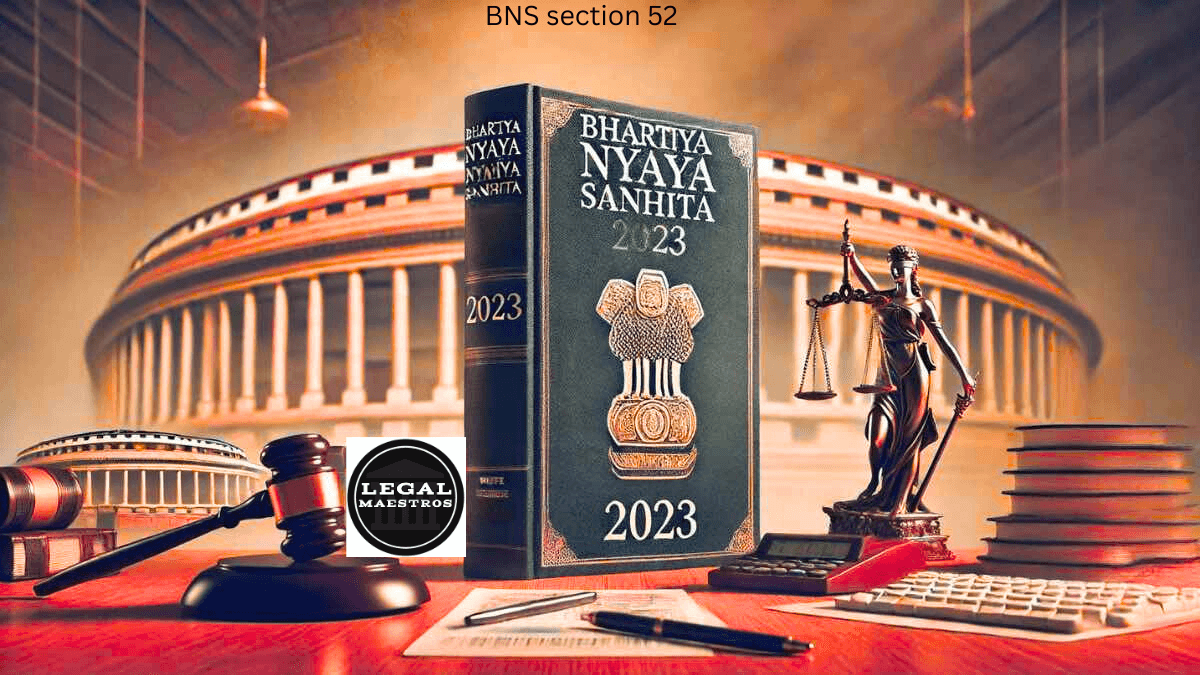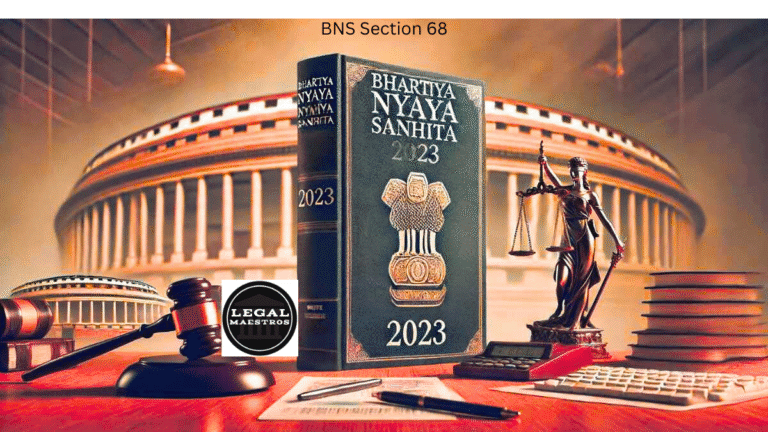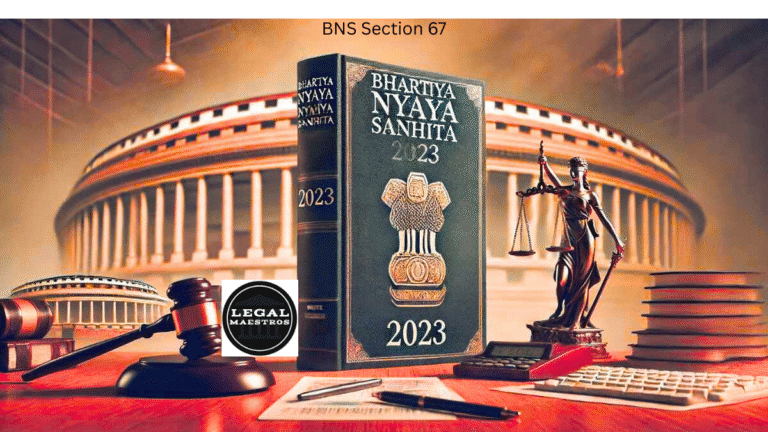
Section 52 of the Bharatiya Nyaya Sanhita, 2023: Cumulative Punishment for Abettors
Section 52 of the Bharatiya Nyaya Sanhita (BNS), 2023, discusses circumstances in which an individual (the abettor) promotes or enables another person to commit a specified criminal, and the person not only commits that offence, but also commits an extra, unique offence in the process of committing the offence. It is possible for the abettor to be held legally accountable for both offenses in accordance with this article, provided that certain requirements are established.
Components of Section 52 That Are Significant
If the conduct for which the abettor is liable under Section 51 is committed in addition to the act that was aided, and if the act represents a distinct offence, then the abettor is liable to punishment for each of the offences, as stated in Section 52. This indicates that the law acknowledges the abettor’s responsibility not just for the crime that was meant to be committed, but also for any other distinct offense that is a foreseeable consequence of the encouragement or help that they provided.
Illustration to Make Section 52 More Understandable
For any queries or to publish an article or post or advertisement on our platform, do call at +91 6377460764 or email us at contact@legalmaestros.com.
The following illustration is presented in the BNS for your consideration:
A provokes B to put up a fight against a distress that was caused by a public servant by using force. The result is that B is able to withstand that distress. Through the act of offering the resistance, B voluntarily causes the officer who is executing the distress to suffer a great deal of pain. Due to the fact that B has committed both the offense of resisting the distress and the offense of voluntarily causing grievous hurt, B is subject to punishment for both of these offenses. Furthermore, if A knew that B was likely to voluntarily cause grievous hurt in the process of resisting the distress, then A will also be subject to punishment for each of the offenses.
Because the terrible damage that was inflicted was a likely consequence of the abetment, A is not only liable for abetting the resistance to the distress in this case, but he is also responsible for the grievous hurt that was caused.
For More Updates & Regular Notes Join Our Whats App Group (https://chat.whatsapp.com/DkucckgAEJbCtXwXr2yIt0) and Telegram Group ( https://t.me/legalmaestroeducators )
For any queries or to publish an article or post or advertisement on our platform, do call at +91 6377460764 or email us at contact@legalmaestros.com.
• Comprehending the Concept of ‘Probable Consequence’
The word “probable consequence” refers to an outcome that is within the realm of what is considered to be a reasonable expectation as a result of the abetment. If the additional offense that was committed falls within the range of results that could have been anticipated as a result of the activities of the abettor, then the abettor may be held liable for that new offense as well.
Implications for the Law
According to Section 52, persons who encourage or assist in illegal activity cannot avoid liability just because the specific conduct they intended to commit was not the only offence committed. This provision ensures that individuals cannot escape liability. Specifically, it highlights the significance of foreseeability as well as the influence that the activities of the abettor have on the actual offenses that are committed.
Even when further, separate offenses are committed, Section 52 of the Bharatiya Nyaya Sanhita, 2023 plays a significant role in holding abettors liable for the outcomes of their instigation or aid. This is the case even when the instigation or assistance was not direct. For the purpose of ensuring that justice is carried out and that individuals are held accountable for the events that can be anticipated as a result of their activities, the law places an emphasis on the likely consequences and the influence of the actions of the abettor.
For any queries or to publish an article or post or advertisement on our platform, do call at +91 6377460764 or email us at contact@legalmaestros.com.





![Research Assistantship @ Sahibnoor Singh Sindhu, [Remote; Stipend of Rs. 7.5k; Dec 2025 & Jan 2026]: Apply by Nov 14, 2025!](https://legalmaestros.com/wp-content/uploads/2025/11/Gemini_Generated_Image_s0k4u6s0k4u6s0k4-768x707.png)
![Karanjawala & Co Hiring Freshers for Legal Counsel [Immediate Joining; Full Time Position in Delhi]: Apply Now!](https://legalmaestros.com/wp-content/uploads/2025/11/Gemini_Generated_Image_52f8mg52f8mg52f8-768x711.png)
![Part-Time Legal Associate / Legal Intern @ Juris at Work [Remote]: Apply Now!](https://legalmaestros.com/wp-content/uploads/2025/11/ChatGPT-Image-Nov-12-2025-08_08_41-PM-768x768.png)
![JOB POST: Legal Content Manager at Lawctopus [3-7 Years PQE; Salary Upto Rs. 70k; Remote]: Rolling Applications!](https://legalmaestros.com/wp-content/uploads/2025/11/ChatGPT-Image-Nov-12-2025-08_01_56-PM-768x768.png)